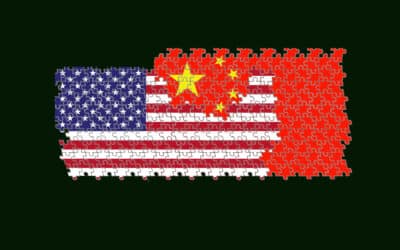The best way to speed the day when the Cuban people will be free is to immerse Cuba in the world.
The communist king is dead. May the next one not live so long. And then may there be no other. Although the government headed by Fidel Castro’s brother, Raul, continues, Fidel’s death marks the end of an era. It is difficult to imagine a future revolutionary becoming a romantic figure while imprisoning and executing his opponents.
Today the truth about Cuba’s supposedly equal society is widely known: it is one of poverty and only for those without power. One suspects that Fidel never had to produce a ration book for food, like his countrymen.
Still, the system isn’t likely to disappear soon. Raul has been in charge for a decade, as Fidel retreated due to ill health. More than a few regime apparatchiks still believe their interest is advanced by oppressing everyone else.
What should the United States do?
Washington has been at odds with Havana since Castro’s revolutionaries took power in 1959. Cuba would have been of little geopolitical importance except for the Cold War, when the Castros turned to the Soviet Union for support. The United States initiated economic warfare against the regime, soon imposing a full embargo.
Alas, the attempt to economically strangle communist rule was no more successful than the Bay of Pigs invasion by Cuban exiles and series of bizarre CIA plots to assassinate Fidel Castro. After the Cuban missile crisis the Kennedy administration agreed not to again threaten the island with invasion, but maintained economic sanctions.
Washington’s abject failure—Castro outlasted ten presidents—caused politically sensitive lawmakers to continue doubling down, eventually even targeting foreign companies. Yet the Castros continued to rule, despite the end of economic subsidies from the defunct Soviet Union.
Indeed, U.S. behavior fit the definition of insanity: doing more of the same thing and expecting a different result.
Read the rest at The National Interest.






























